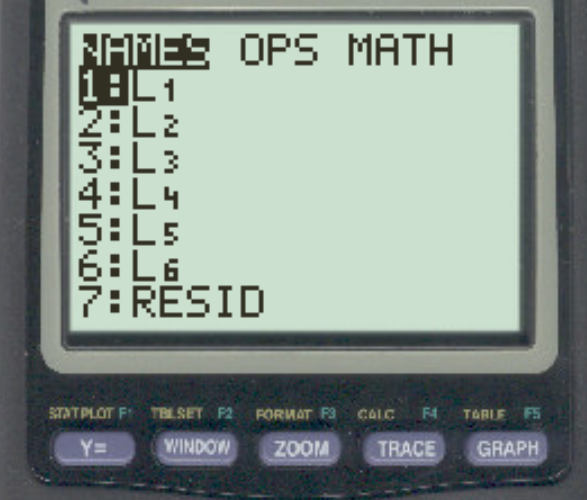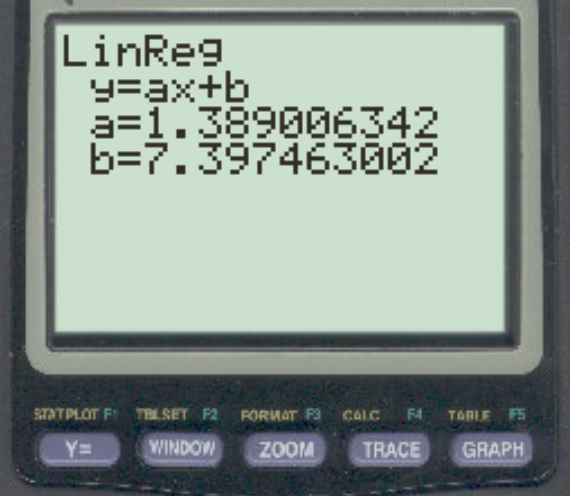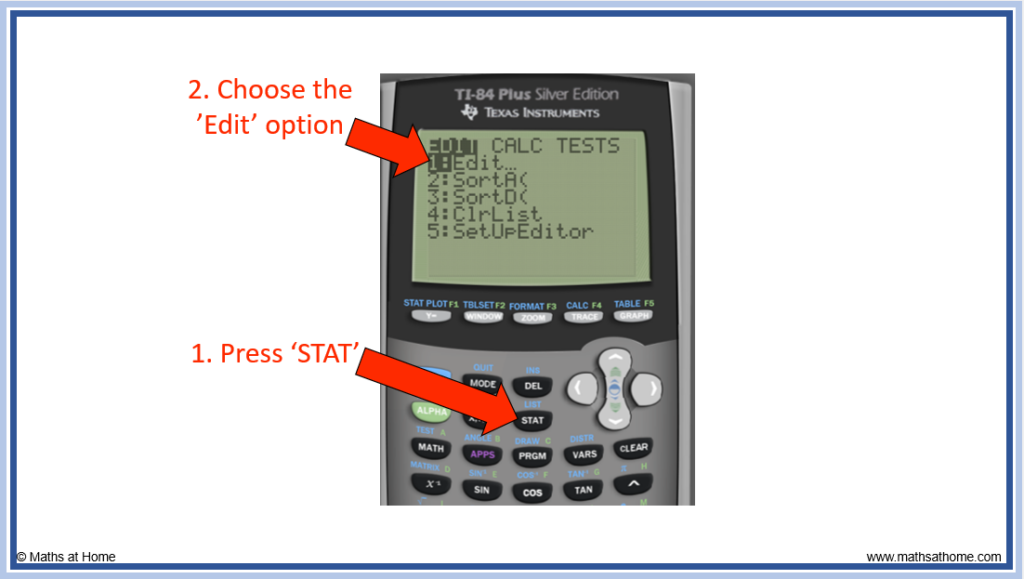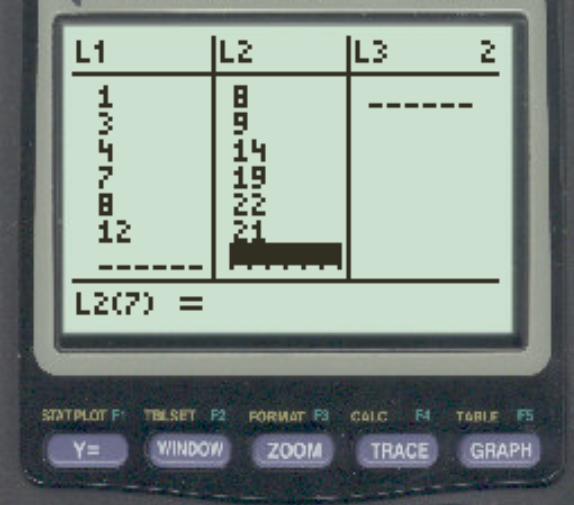How To Do Residual Plot On Ti 84

Ever heard of a residual plot? Sounds kinda sci-fi, right? Well, get ready to meet your new best friend (or at least a useful tool) on your trusty TI-84 calculator!
Plotting the Fun Begins
First, enter your data. Think of it as feeding your TI-84 a delicious mathematical meal. Put your x-values into list 1 (L1) and your y-values into list 2 (L2).
Now, let's get this show on the road! Go to the 'stat' menu. Find the 'edit' option. You'll see those lovely lists waiting for you.
Regression: Let the Calculator Do the Work!
Time for some regression magic! Hit 'stat' again. This time, scroll over to 'calc.'
Choose your favorite type of regression. Maybe it's linear (LinReg(ax+b)) or maybe you're feeling exponential. Hit enter!
Tell your TI-84 where your data lives. You'll need to specify L1 for your x-values and L2 for your y-values.
Storing the Equation: Secret Agent Style
Now, for a sneaky trick! We need to tell the calculator to store the regression equation. This is where the real fun starts.
After you tell the calculator about your lists, hit 'vars'. Then go to 'Y-vars'. Choose 'Function' and pick Y1.
Press enter to calculate. Your TI-84 is now storing that equation like a secret agent holding top-secret intel.
Residuals: Unveiling the Hidden Gems
Ready to see the residuals? These are the differences between your actual data points and the values predicted by your regression equation.
Clear everything from the Y= editor. You'll need a clean slate for the next step.
Now we need to define the Y1. Type in L2 - Y1(L1).
Plotting the Grand Finale
Now it's time to plot those residuals! Go to '2nd' then 'Y='. This takes you to the stat plot menu.
Turn Plot1 'On'. Choose the scatter plot icon (the one with the little dots). Make sure your Xlist is L1 and your Ylist is RESID.
ZoomStat to get a good look. Press 'Zoom' and choose option 9 (ZoomStat). Voila! Your residual plot is ready for its grand reveal.
Interpreting: Are We Having Fun Yet?
Look for patterns! Are the points scattered randomly around the x-axis? That's a good sign.
If you see a pattern (like a curve or a funnel shape), it means your chosen regression model might not be the best fit for your data.
So, grab your TI-84, punch in some numbers, and create your very own residual plot masterpiece! It's more entertaining than you think!


















